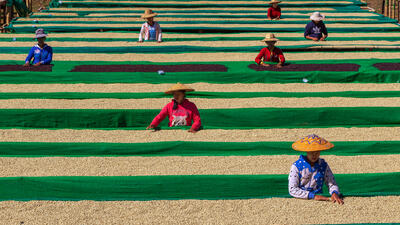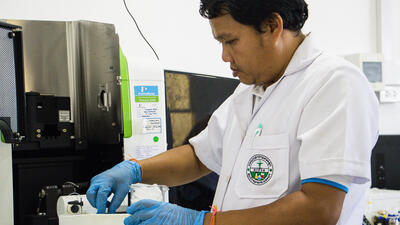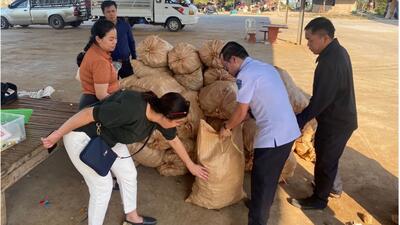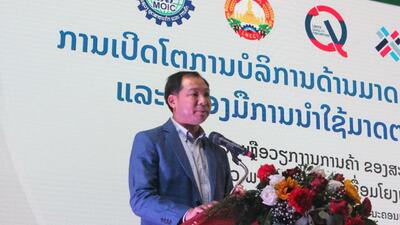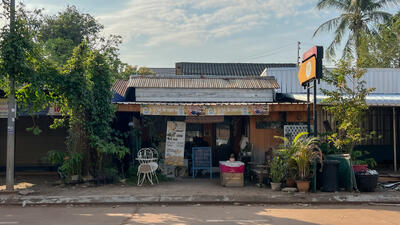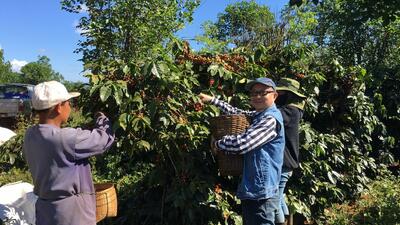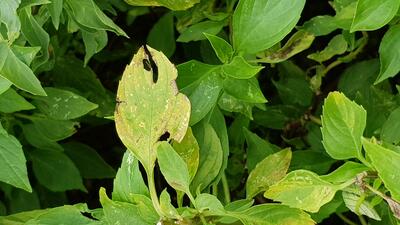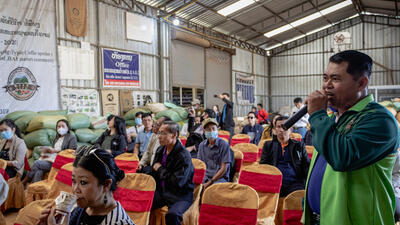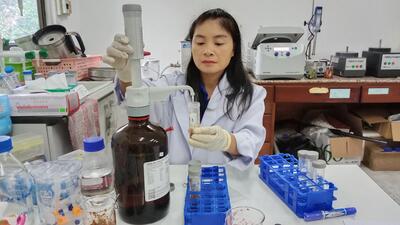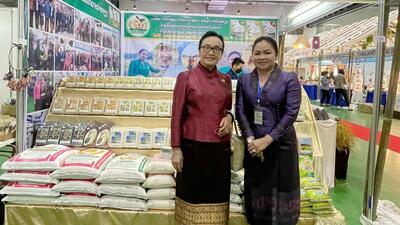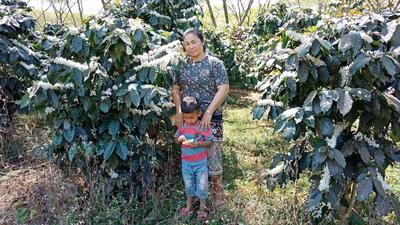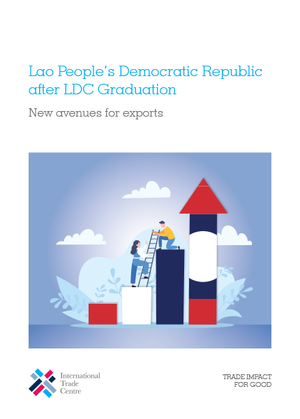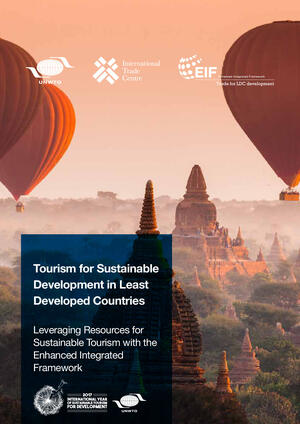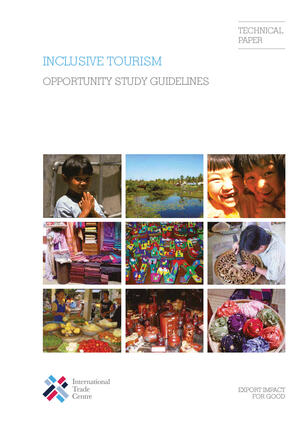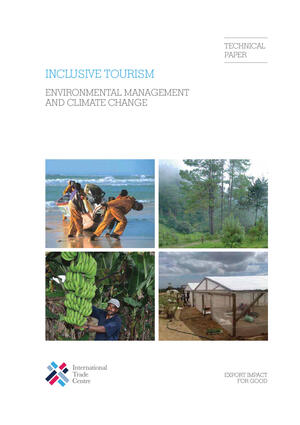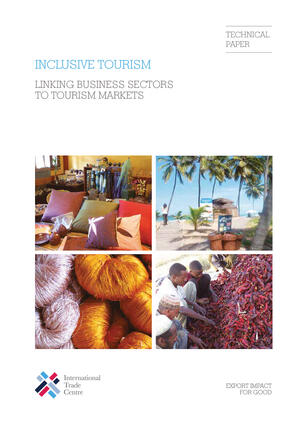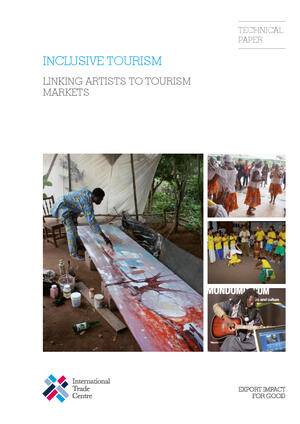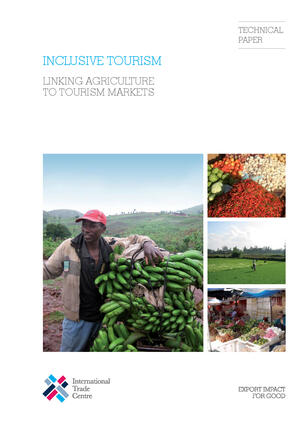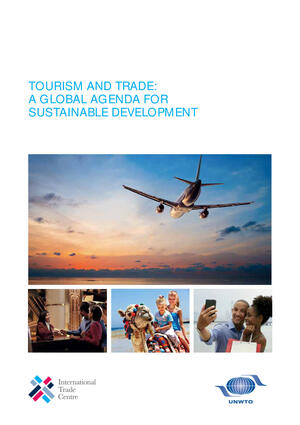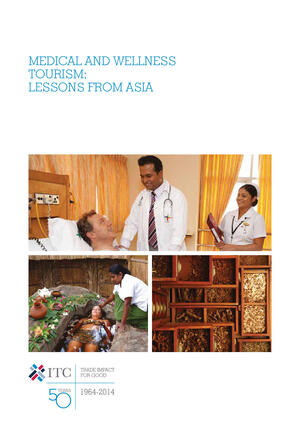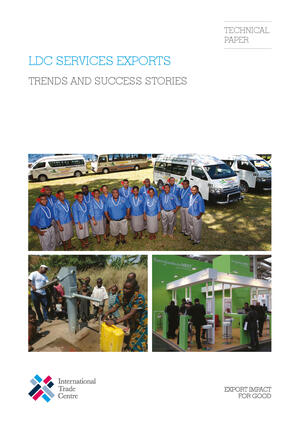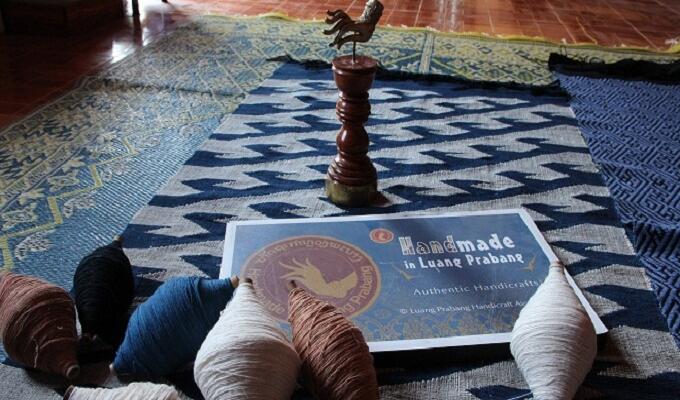
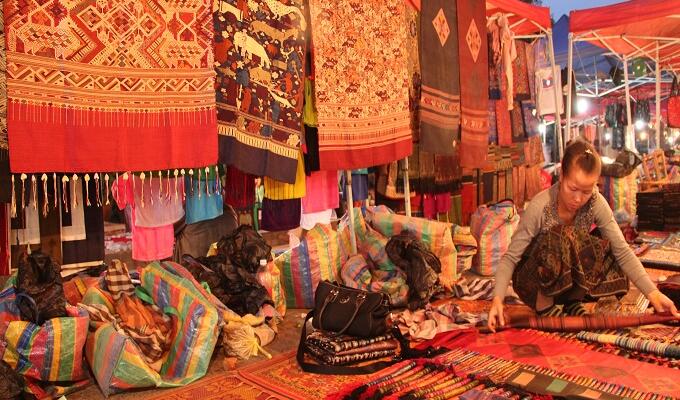
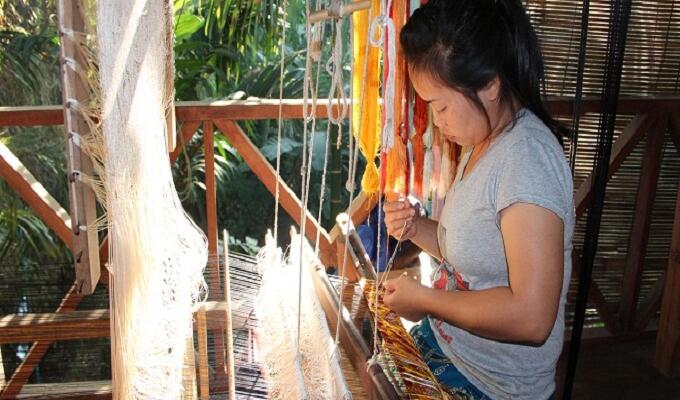
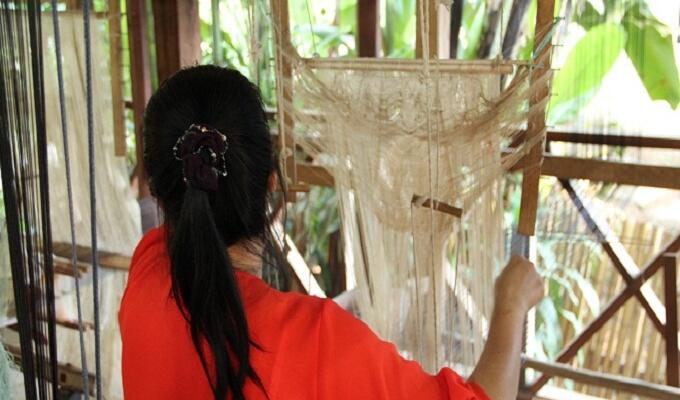
‘Handmade in Luang Prabang’ label leads to 80% increase in weavers’ income
ITC project links local handicrafts to the tourism sector in Lao PDR
(LUANG PRABANG, LAO) -- One year has passed since the launch of the handicraft label ‘Handmade in Luang Prabang’. It has been a transformative year for Singthong Keovilayphet, a traditional cotton weaver who lives in the northern Namsak district of Luang Prabang province in the Lao People’s Democratic Republic (Lao PDR).
A project initiated by ITC, the United Nations and the regional government is making a difference in Singthong’s life – and the lives of more than 1,000 producer families across the province. Her income has increased by 80% thanks to the labelling initiative.
‘Before, I didn’t know where to sell my products. Now I am connected directly to buyers and they know the value of my handmade products,’ Singthong said. ‘I used to earn around US$ 1,000 per year. After [joining] the [labelling] programme, I have been able to earn up to US$ 8,700 in 2013. I have become the role model for the other weavers in my village.’
Luang Prabang province is one of the country’s major tourist destinations, a UNESCO World Heritage Site that attracts more than 300,000 tourists each year. Sustainable tourism is part of the government’s strategy to improve living standards. Linking trade to the country’s thriving tourism industry is key to lifting Lao PDR out of poverty.
Singthong is one of 3,000 weavers living in the province. She is benefiting from a United Nations initiative on sustainable tourism and exports, in which ITC is playing a key role. She lives in Ban Nayang, a remote village, which together with two neighbouring villages are home to 300 cotton weavers. Some of the weavers are members of the Luang Prabang Handicraft Association (LPHA), and can benefit from the ‘Handmade in Luang Prabang’ label, sharing their success with other women.
Singthong is the leader of the village weaving group, where the traditional cotton weaving culture of the Tai Lue lives on. She supports the 53 women who work with her, dividing the labour to fill the orders coming in.
LPHA proposed the ‘Handmade in Luang Prabang’ label to boost sales of local handicrafts, predominantly textiles, and distinguish local, handmade products from the flood of cheap imports that have been undercutting producers and traders at the Luang Prahang night market and the 82-member Ban Phanom Trading Centre.
The project is supported by the regional government and ITC, which provided the initial budget and technical expertise for the project, ‘Enhancing sustainable tourism, clean production and export capacity in Lao PDR’. Funded by Switzerland’s State Secretariat for Economic Affairs (SECO), it was launched in May 2011 under a wider United Nations initiative.
The project also aims to connect weavers like Singthong to potential business and market opportunities. ITC provided technical expertise and the opportunity to participate at the LifeStyle Vietnam trade fair in April 2013, which linked the producers to potential buyers. Many LPHA members attended, where they sold 9,000 products and guaranteed US$ 17,000 worth of orders.
‘LifeStyle Vietnam showed me new possibilities that I applied to my own designs and products. Now I am much more creative and motivated as new orders come in. The trade fair and the handicraft festival linked me to new potential buyers in Vientiane, but also showed me export opportunities,’ Singthong said.
Within just 12 months the label is making an impact. Night market traders and Ban Phanom Trading Centre members report a 30% increase in income. By purchasing the label for US$ 0.10, the traders cover LPHA’s administrative costs, reinforcing the sustainability of the project. More than 109 producers and traders have registered to use the label and 30,500 have been sold. Their increased income has a positive impact on an estimated 1,000 producer families.
Promotional materials in English, including banners, posters, and leaflets help traders communicate to tourists. Tourists are willing to pay a higher price for handmade products, as they prefer to support local artisans rather than buy imports. Over 62% of randomly interviewed tourists at the night market stopped at the booths displaying the label, and 26% bought a labelled product.
‘With the label we can ask for higher prices and tourists bargain less,’ said Bounthanhh Phonehadith, a trader at the Ban Phanom Trading Centre, who also sells at the night market. ‘Tourists recognize the label and are confident they are buying good quality.’
However, competing against the imports and producing enough quality goods that deserve the label are still a challenge.
‘It takes more time than we thought to get to the final goal, which is running the project sustainably by LPHA without further funding, assuring quality management and export possibilities for the members,’ said Veomanee Douangdala, President of LPHA and Co-Director of Ock PokTok, a handicraft centre in Luang Prabang.
‘We need to involve the producers more at the first level of quality production and design development, to encourage them to produce more and to not to rely on imported material and products from other regions,’ she said.
The women artisans are also learning to appreciate natural dyeing techniques. Buyers are increasingly asking for natural products and artisans save money by avoiding industry cotton yarn and chemical dyeing products.
‘Before, I used chemical products but now I go for natural dye only. Because I didn’t have enough cotton, I would also buy yarn from a factory. ITC advised me to use only local, hand-spun cotton. It works well with the natural dye, not so well with the chemical ones. People ask me about it and they like it because it is natural,’ Singthong said.
For 2015, Lao PDR is expecting an increase from 3 million visitors to 5 million. Somvang Ninthavong, Director-General of the Trade and Product Promotion Department of the Lao PDR’s Ministry for Trade, describes the importance of linking trade to the rising tourism sector.
‘We aim to leave [least developed country] status in 2020; trade is the means to do that. The support we receive from the UN and ITC is very important. The [crucial] aspects of the project are to reduce imports, increase the supply capacity of local producers and in the long-term, explore exporting markets,’ he said.
ITC believes linking local artisans to the tourist trade in Luang Prabang is an important step towards promoting inclusive development, women’s economic empowerment, and sustaining cultural capital that may disappear without sufficient economic incentives, said Govind Venuprasad, ITC’s country manager for Lao PDR.
‘Artisanal traditions are passed between generations. If young people do not foresee sufficient incomes from being artisans, they will migrate to cities and traditions will disappear,’ he said. ‘Our donors are interested in replicating the evolving model from Luang Prabang in other countries, which demonstrates its relevance.’





